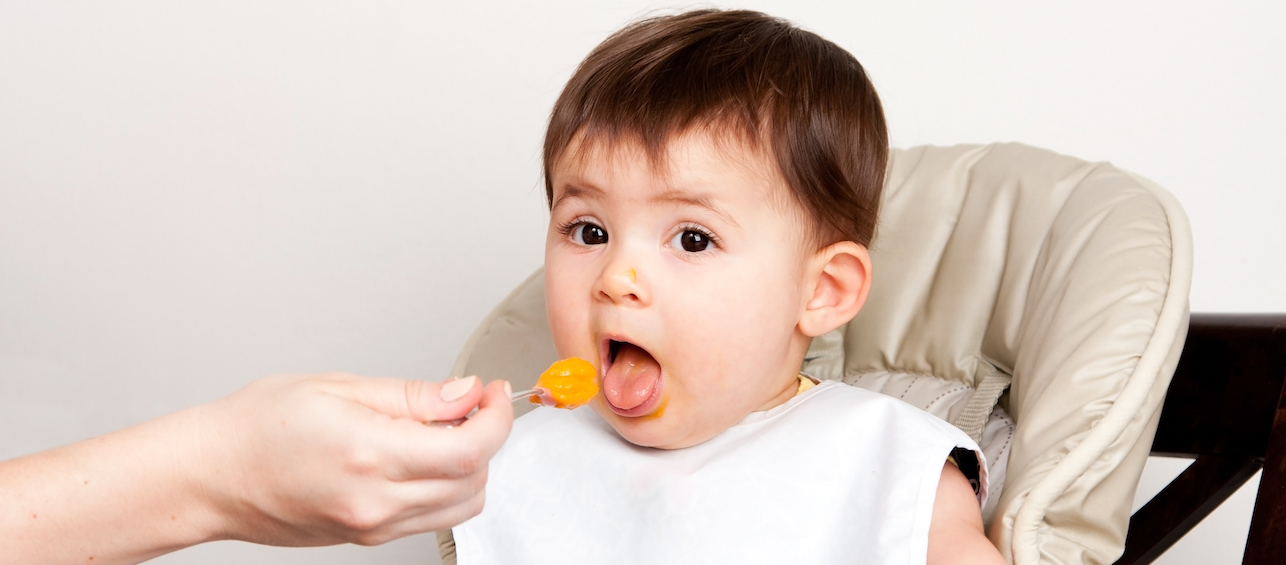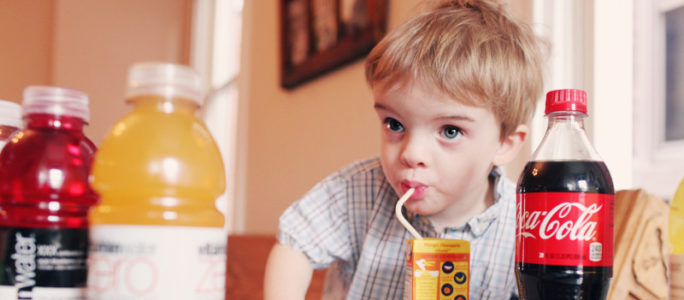On February 4, 2021, a congressional report provided details of testing that showed concerning levels of lead, mercury, cadmium, and arsenic in many baby food products.
In the report, a congressional subcommittee requested internal testing information from seven baby food manufactures — Nurture, Beech-Nut, Hain, Gerber, Walmart, Campbell, and Sprout Organic. Only Nurture, Beech-Nut, Hain, and Gerber agreed to provide the additional information, while Walmart, Campbell, and Sprout Organic did not.
The work to gather and further evaluate all of the information is ongoing, but we recognize that parents of infants and toddlers are nervous about these findings. My best advice is to stay calm but be well informed. This Q&A is a good place to start:
What are “heavy metals?”
We’re not thinking a rock band from the ’80s here, and there is some debate in scientific circles about the exact properties that make a metal “heavy.” Generally, metals that are denser are called “heavy metals.” Pediatricians are concerned about heavy metals because certain ones like lead, mercury, cadmium, and arsenic are known to be toxic. One reason is that they can substitute for other beneficial metals like iron, calcium, and zinc in the body.
Are there really heavy metals in baby food?
The short answer is yes. The report found elevated levels of inorganic arsenic, cadmium, mercury, and lead in products from four different manufacturers. The FDA has not set standards for heavy metals in baby food specifically, but the levels found exceed the recommended standards for other products that often have trace amounts of the substances.
Are heavy metals harmful to my baby?
Yes, over time, exposure to heavy metals can harm babies and children. Those effects range from permanent decreases in IQ to endangering an infant’s neurological development and long-term brain functions. There are many other factors involved in child development; exposure to heavy metals is just one.
How do the metals end up in baby food?
It’s unclear how these metals find their way into baby foods. They are in relatively low concentrations as compared with the other ingredients. Since arsenic and lead frequently contaminate soil, this is one possible source. There may be other routes as well. Factors such as the location the ingredients are being grown, the soil and water being used to grow food, and where the ingredients are being processed all play a part.
My baby eats all these foods, should I bring them in for testing?
At this point in time, beyond routine lead testing for children insured by Medicaid or who live in a high-risk zip code, testing children for heavy metals after eating baby foods listed in the report is not recommended. Testing for other metals is more complicated and should be done by an expert. Hair testing is not recommended.
What should parents do?
Don’t Panic
First things first, don’t panic. The amounts found are not going to be acutely harmful. However, the more you feed your baby the same products, the more exposure they are getting. All the sources add up.
Know the ingredients
Pay attention to the label on the baby food you buy. Research which ingredients contain higher levels of metals, and make sure your baby is not receiving those ingredients in every meal. For example, the report indicated that sweet potatoes could have higher levels of metals than other ingredients. Some foods may be labeled as strawberries and bananas but also have sweet potatoes listed as an ingredient.
Minimize Exposure
Minimizing exposure means reducing exposure from all known sources. One way is to include a variety of food in your baby’s diet. It’s important to have various fruits, vegetables, grains, and protein to ensure your baby gets a variety of nutrients. If one food happens to have a contaminant in it, diversifying foods will reduce that particular food intake.
Another food to pay close attention to is rice cereal. Rice absorbs inorganic arsenic more easily than other foods. Many parents choose rice cereal for their baby’s first solid food, but it does not have to be. You can start with a fruit, veggie, or another type of cereal if you would like to limit or avoid rice products. Including a variety of grains in your baby’s diet is recommended. Other grain products to consider are oat, barley, couscous, quinoa, farro, and bulgur.
There may be other potential sources of heavy metals in your child’s environment to consider:
- If you live in a home built before 1978, there is likely to be lead-based paint. This is an important source of lead exposure that you don’t want to miss.
- Some fish, particularly large predator fish, can contain higher levels of mercury. Lower mercury fish are salmon, cod, whitefish, pollock, and light tuna.
- Water in some areas can contain arsenic or lead, and it’s important to know whether your water has these. Removing arsenic from well water may require special equipment. Removing lead can be as easy as using a water filter. For more information on identifying Point of Use water filters certified to reduce lead, check out the US EPA information sheet.
- Smoking is another source of heavy metals, especially cadmium and lead. Since there are many other chemicals in secondhand smoke, pediatricians recommend children should be smoke-free.
The congressional committees are still considering next steps for possible national standards, but with the information we have, you can, and should, take action now to limit exposure. If you need additional information, a good source to turn to is the American Academy of Pediatrics. I also encourage you to talk with your pediatrician about any concerns you have about the food your baby is eating. They can advise you and direct you to additional resources.
If you have additional questions about heavy metals in baby food, you can contact the Pediatric Environmental Health and Lead Clinic at Cincinnati Children’s.





